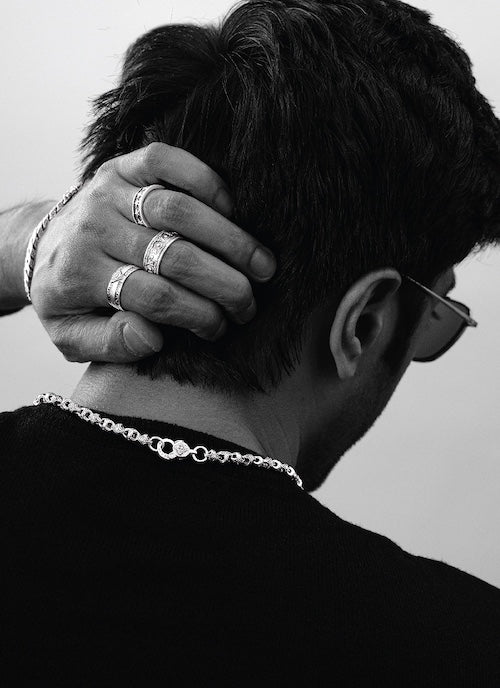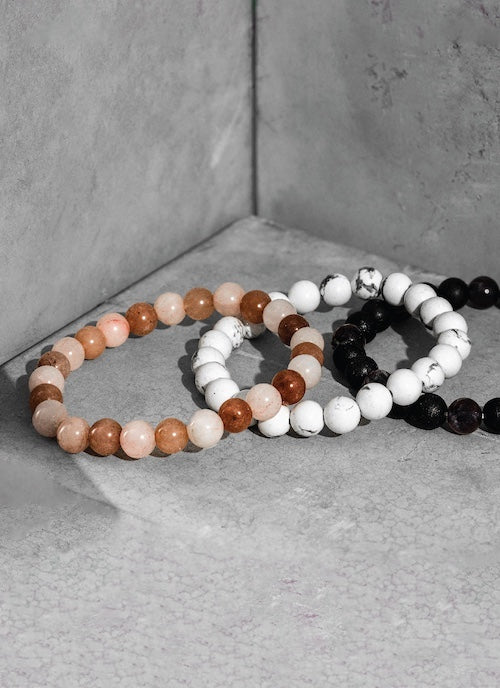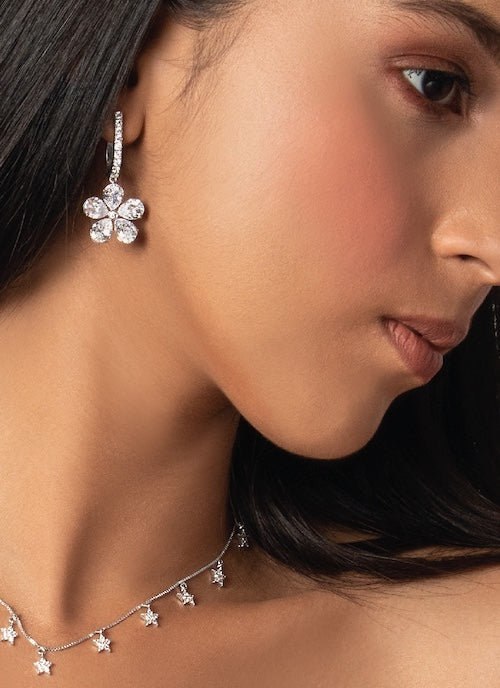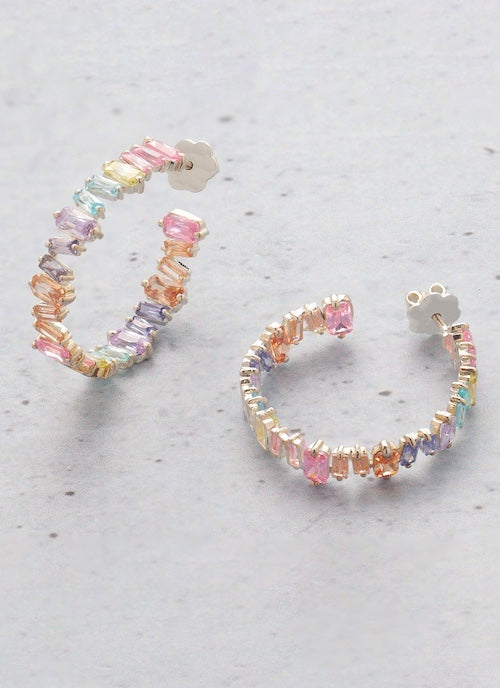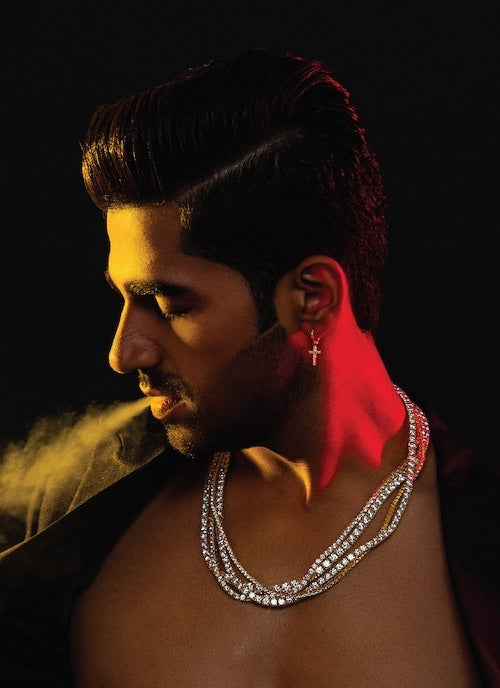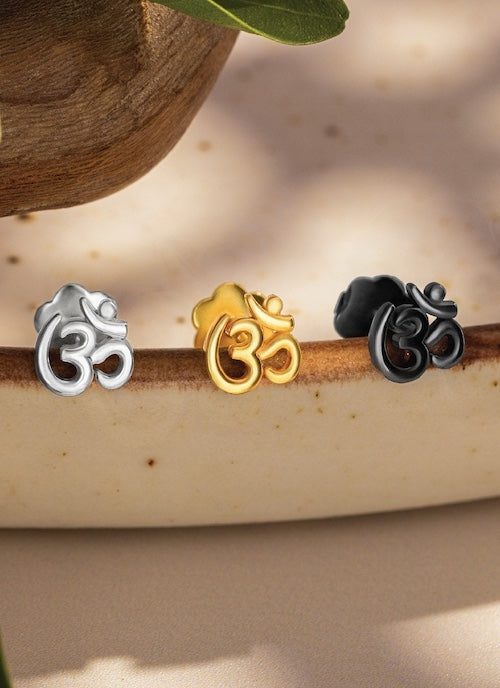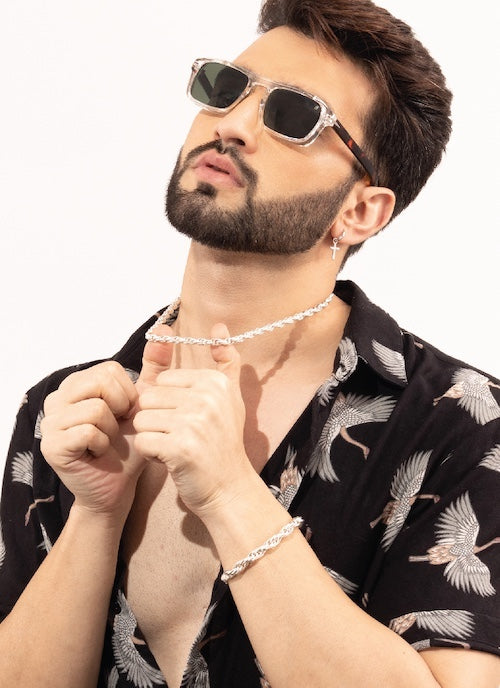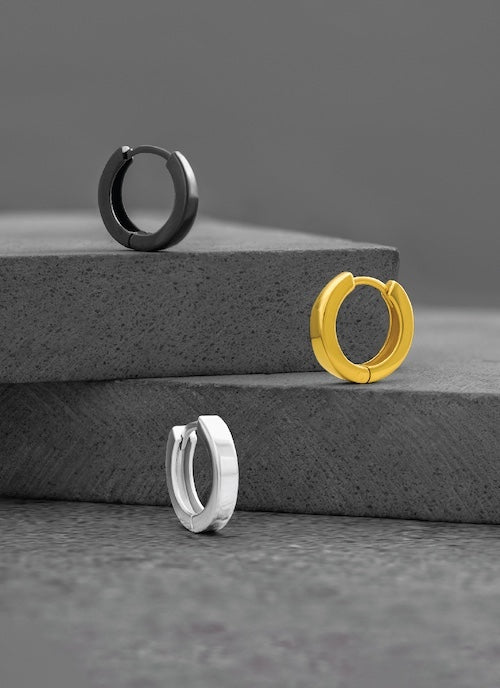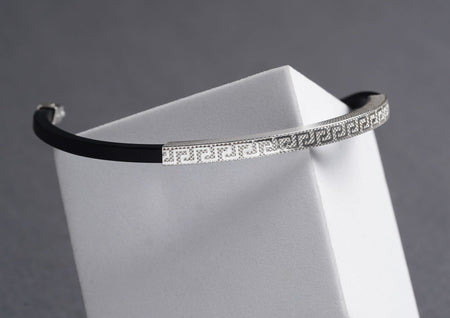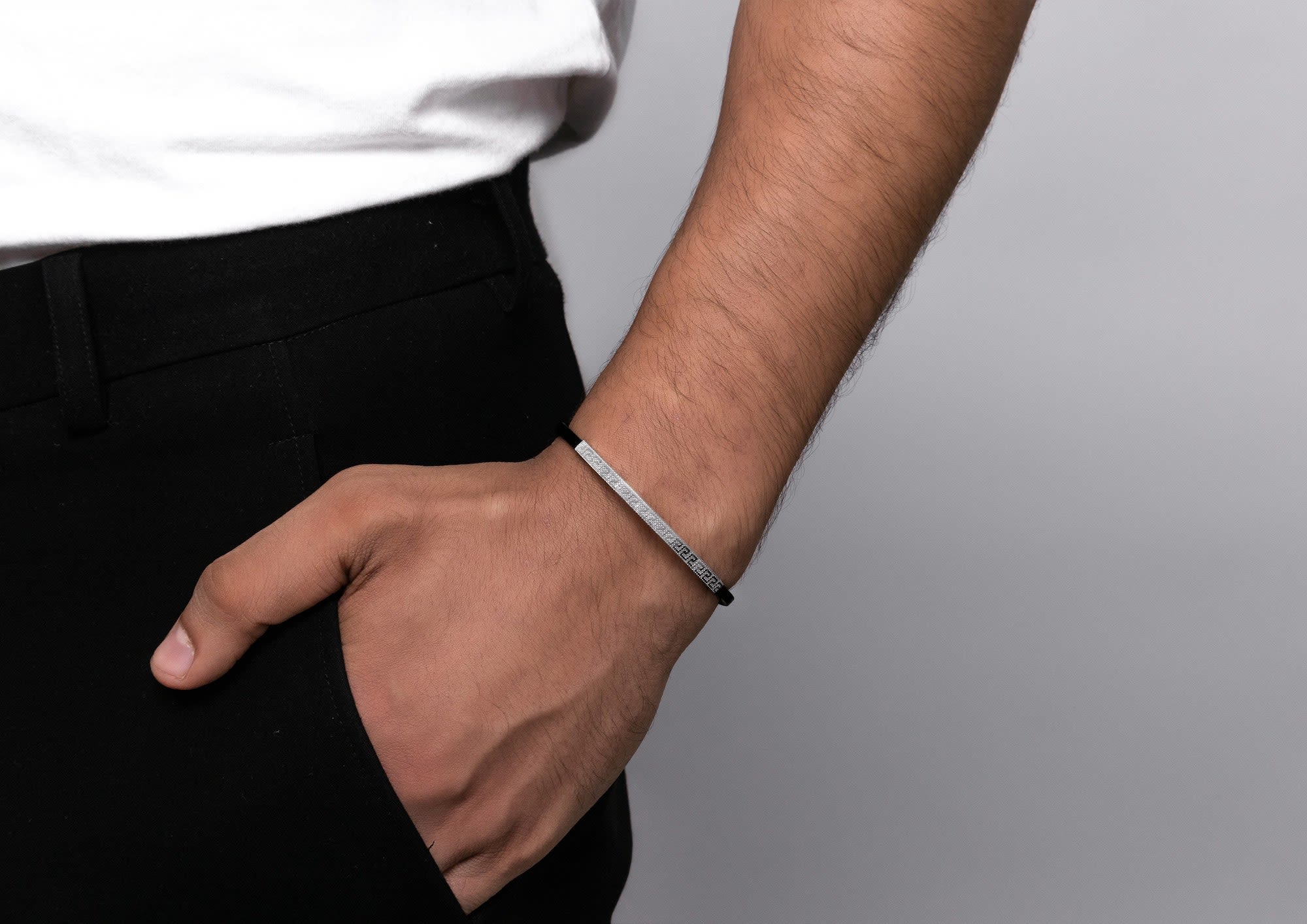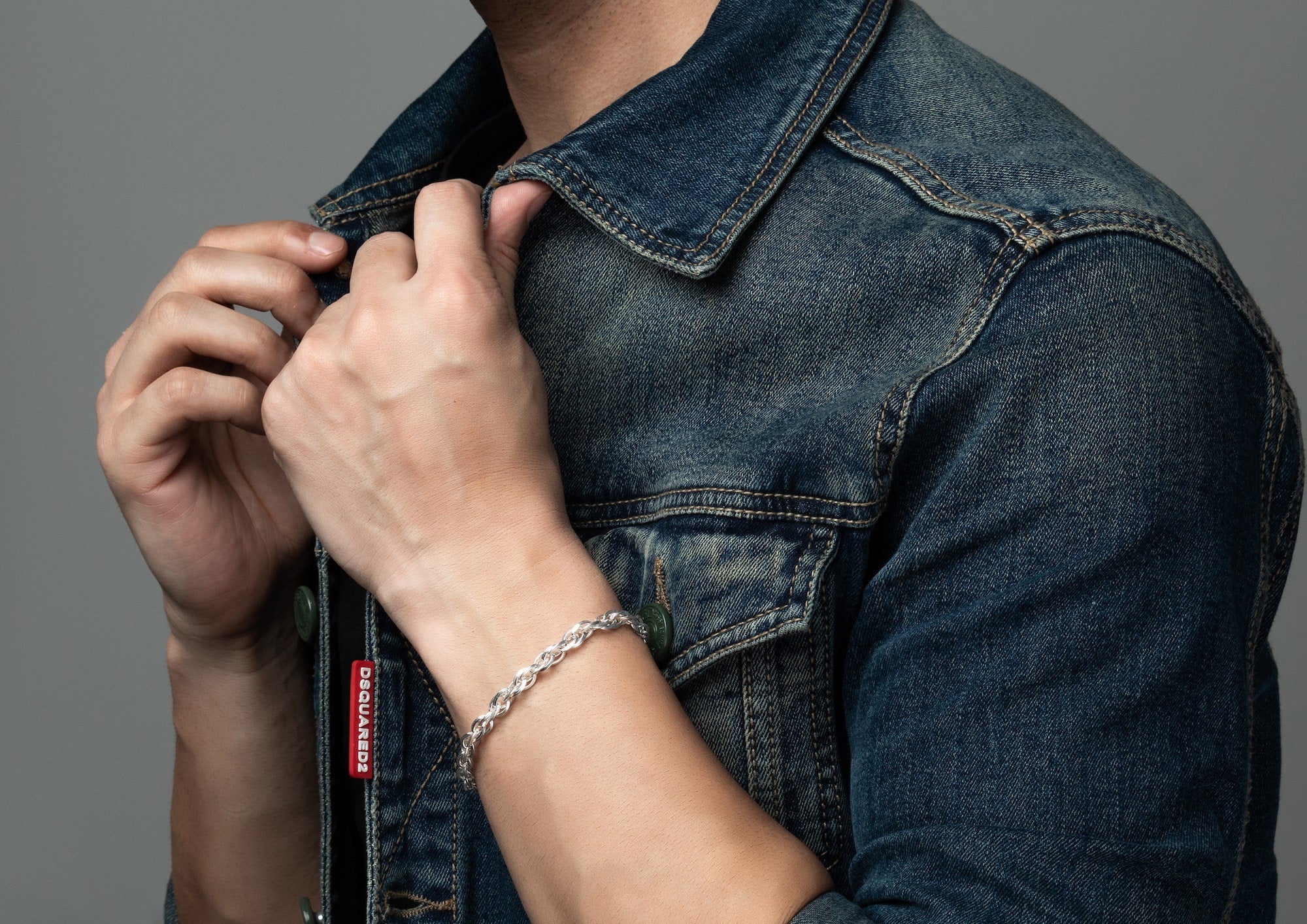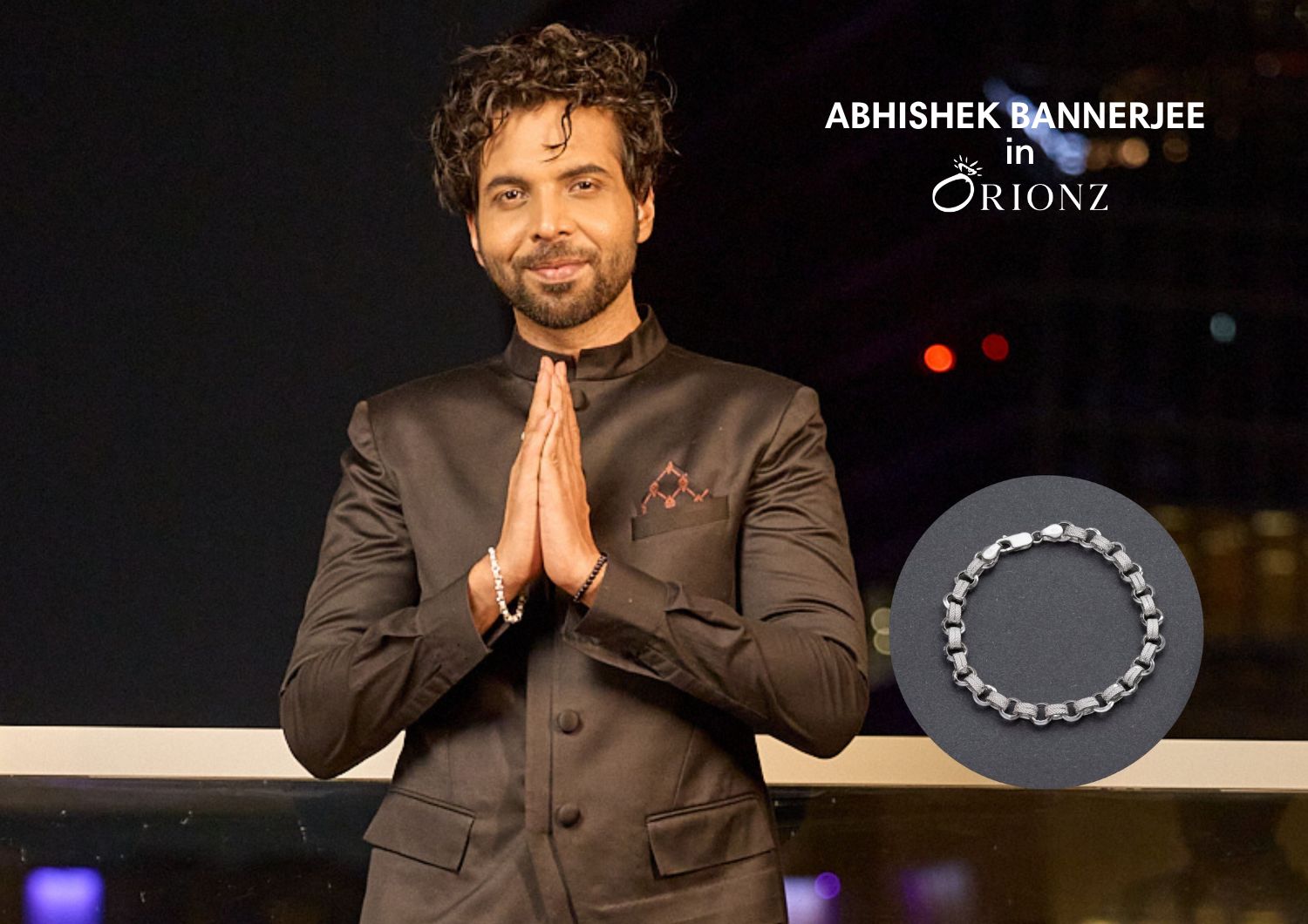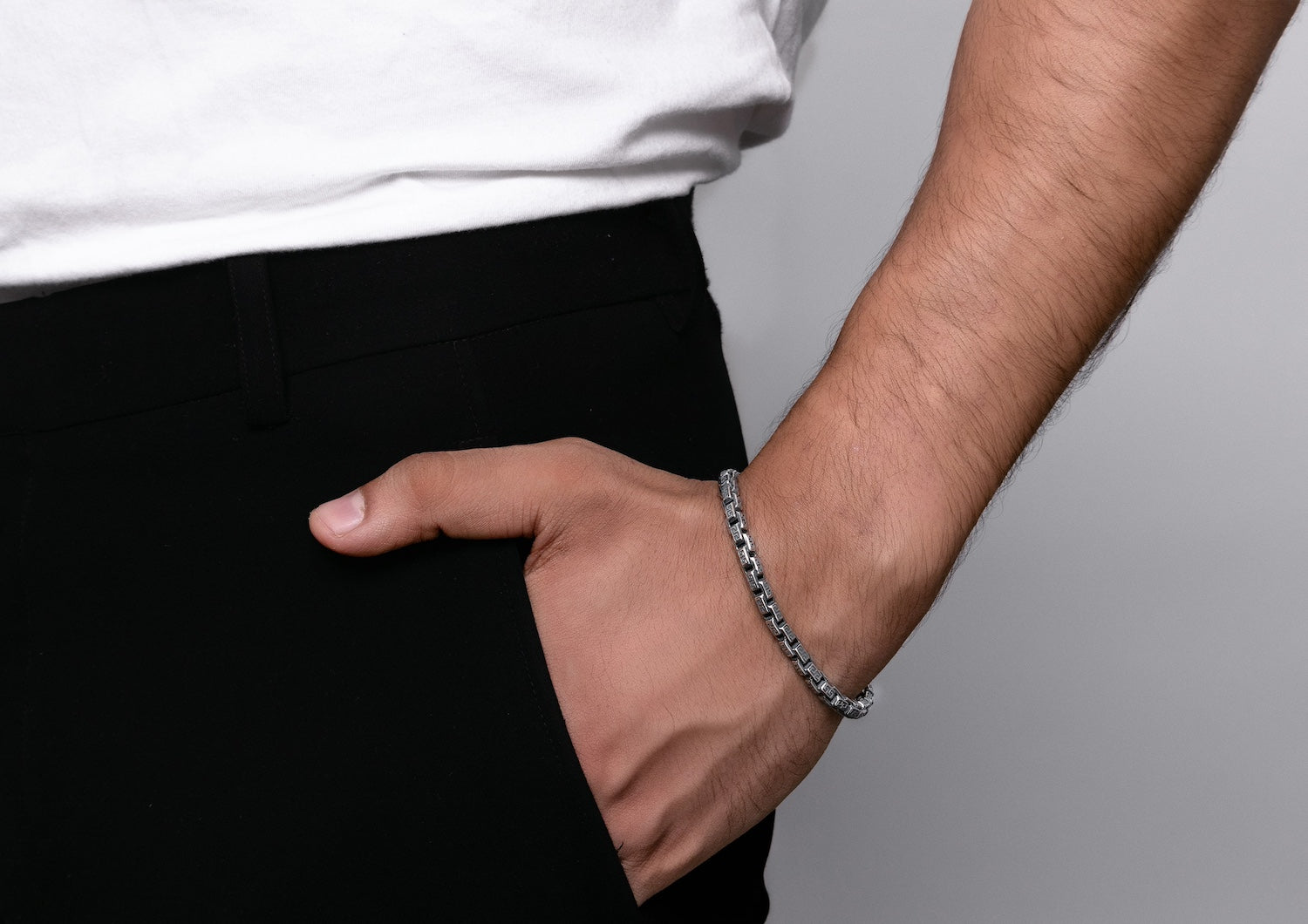The Silver Thread that Connects Past and Present
Silver has long held a quiet power in Indian culture — a metal that whispers where gold shouts, a symbol of purity, balance, and grace. For centuries, it has travelled seamlessly between ritual and fashion, often adorning those who sought meaning over display. The chandi bracelet is one such piece — an accessory that carries both spiritual heritage and contemporary elegance.
Today, it stands at the intersection of identity and artistry. The modern man, in rediscovering his cultural roots, finds himself drawn to silver not only for its shine but for its soul. A chandi bracelet for men represents more than an ornament; it’s a reflection of timeless masculinity — grounded, confident, and authentic.
Once confined to traditional or ceremonial use, silver has stepped into the mainstream of men’s fashion. From corporate boardrooms to creative studios, it now graces wrists as a versatile expression of strength with simplicity. The renewed fascination with silver isn’t nostalgia; it’s recognition — an understanding that true style draws from legacy.
In a world defined by speed and change, the chandi bracelet anchors men to something enduring. It’s tradition, distilled and redesigned for today — the perfect balance of heritage and modern taste.
A Journey Through Time: The Origins of the Chandi Bracelet
To understand the significance of the chandi bracelet, one must trace its journey through history — from the sacred temples of ancient India to the wrists of modern gentlemen. Silver has always been revered for its purity, often associated with lunar energy and clarity of mind.
In ancient times, artisans shaped silver into bangles, anklets, and talismans. Each carried spiritual meaning — to ward off negativity, attract blessings, or balance the body’s energies. Among warriors and nobles, silver cuffs and bracelets were not just accessories but emblems of protection and prestige.
By the medieval period, silver jewellery became a symbol of artistry and craftsmanship. Regional variations flourished:
- In Rajasthan, silver bangles featured intricate engraving and mirror work.
- In Punjab, broad kadas reflected masculine discipline and strength.
- In South India, temple-inspired motifs celebrated divinity through handcrafted details.
As trade expanded, silver designs absorbed influences from other cultures — filigree from Persia, polish from Europe, and minimalist form from colonial India. Yet the chandi bracelet for men retained its spiritual foundation, even as it evolved in design.
Today, its appeal lies in that very continuity. Every bracelet carries echoes of centuries past — reminders of craft, meaning, and human connection. Wearing one is less about adornment and more about belonging to an unbroken tradition of elegance.
Symbolism and Spiritual Connection: Why Silver Still Resonates
Silver is more than a precious metal; it is a mirror to the human spirit. Across Indian philosophy, silver represents calmness, purity, and reflection — qualities often associated with the moon. Where gold captures the energy of the sun, silver embodies serenity and emotional balance.
This duality is what makes a chandi bracelet for men so unique. It doesn’t demand attention; it draws it gently. For many, wearing silver isn’t just an aesthetic choice — it’s an act of grounding. In Ayurveda, silver is believed to have cooling properties, balancing fiery energy and enhancing emotional composure. It’s often said that silver harmonises the body’s natural rhythm, bringing peace and protection to the wearer.
Culturally, silver has long been woven into rites of passage. It’s the metal of first gifts — anklets for newborns, bangles for young men stepping into adulthood. A chandi bracelet given by a parent or mentor becomes more than a keepsake; it’s a blessing in physical form.
Even today, it remains a staple in festivals, weddings, and personal milestones. Many men wear silver bracelets as talismans — symbols of endurance and guidance. The muted gleam of silver reflects its philosophy: strength in subtlety.
At its heart, the chandi bracelet represents harmony — between tradition and modernity, spirit and substance, restraint and refinement. And that’s precisely why it continues to resonate across generations.
The Modern Revival: How Chandi Became Fashion Again
Fashion, like culture, moves in cycles — and silver has returned to centre stage. But this time, it’s not about trend. It’s about authenticity.
The resurgence of the chandi bracelet in men’s fashion mirrors a larger cultural awakening. Men today seek depth in their choices — a connection to something meaningful, sustainable, and grounded in heritage. Silver offers all of that, without the excess often associated with gold or platinum.
Designers across the globe are reinterpreting silver’s ancient charm with modern flair. Chunky cuffs meet minimal lines, oxidised finishes contrast with polished textures, and handcrafted kadas blend with streetwear aesthetics. It’s not uncommon to see a chandi bracelet for men paired with a leather jacket, linen shirt, or smartwatch.
The result is an effortless fusion of old and new — proof that heritage can be contemporary. Celebrities, stylists, and influencers have only accelerated this revival, making silver jewellery a statement of refined masculinity.
But beyond the runway and red carpet lies something deeper. Silver resonates with the cultural shift towards mindful fashion — choosing pieces that last, that carry emotion and story. For many, wearing silver isn’t just about style; it’s about self-expression and sustainability.
The modern chandi bracelet has become what it always was meant to be: a marker of identity. Not inherited tradition, but chosen one — worn not because one has to, but because one wants to.
Historical Evolution of Chandi Jewellery
| Era | Use of Silver | Cultural Role | Design Characteristics |
|---|---|---|---|
| Ancient Period | Rituals and temple offerings | Purity and divine protection | Engraved bangles, anklets, and coins |
| Medieval India | Royal adornment | Symbol of wealth and power | Intricate carvings and gemstone inlays |
| Colonial Era | Export and craftsmanship shift | Fusion of East and West designs | Minimalist patterns, European clasps |
| Modern Day | Fashion and spiritual expression | Identity, heritage, and confidence | Oxidised textures, bold masculine lines |
The Many Faces of Chandi: Styles that Speak of Identity
The chandi bracelet has evolved into several distinctive styles, each echoing a unique mood and personality. From timeless tradition to modern urban expression, silver finds new form while retaining its cultural pulse.
The Traditional Kada: Strength with Simplicity
The chandi kada for men is not just a bracelet — it’s a statement of discipline and purpose. Rooted deeply in Sikh and Punjabi culture, the kada signifies eternity and strength. Its seamless circular design has no beginning or end, symbolising unity and integrity.
What makes it fascinating is its transformation from religious emblem to global fashion piece. Today, the kada adorns wrists across professions and geographies, appreciated for its clean design and universal symbolism. Whether polished to perfection or finished with a rustic matte texture, it’s both spiritual and stylish.
The chandi bracelet in kada form bridges the sacred and the aesthetic, embodying the ideal modern accessory — one that carries meaning without losing minimalism.
The Modern Cuff: Structured Masculinity
If the kada speaks of faith, the cuff represents individuality. The modern silver cuff has become a hallmark of refined masculinity — architectural, structured, and confident. It’s worn by professionals and artists alike, pairing beautifully with both tailored suits and casual shirts.
What sets the cuff apart is its balance of boldness and control. It is wider and more sculptural than traditional bracelets, often featuring oxidised finishes or engraved motifs that reflect craftsmanship. Each chandi bracelet of this kind is designed to sit firmly on the wrist, creating a sleek statement that doesn’t overpower.
The cuff style reflects a man who appreciates clarity and structure — someone who doesn’t follow trends but curates them.
The Textured Chain-Link: Rugged Meets Refined
For those who prefer understated power, the chain-link style delivers sophistication with an edge. A silver bracelet for men in this format brings together the versatility of metalwork and the movement of interlocking links.
Chain-link designs blend heritage and modernity effortlessly. Their texture evokes craftsmanship, while the fluid motion adds contemporary appeal. They work perfectly for both daily wear and evening events, adapting easily from denim to dress shirts.
It’s this adaptability that makes chain-links the silent achievers of men’s jewellery — elegant without being extravagant.
The Statement Stack: Culture in Layers
Layering bracelets has become one of the most distinctive trends in men’s accessories. A traditional kada paired with an oxidised cuff or a chain-link bracelet creates visual depth and personality. The combination allows men to merge their cultural roots with modern styling sensibilities.
What makes stacking special is how it tells a story. Each bracelet, worn together, becomes part of a personal narrative — strength, creativity, balance.
Complementing accessories like a chandi ring for men can elevate the look further, tying the ensemble together through coordinated silver tones. When layered thoughtfully, the result is effortless sophistication — a dialogue between tradition and individuality.
Comparing Popular Chandi Bracelet Styles
| Type | Visual Appeal | Ideal For | Styling Tip |
|---|---|---|---|
| Chandi Kada | Polished circular form | Daily wear, traditional attire | Pair with a single oxidised ring |
| Modern Cuff | Wide, adjustable shape | Corporate or urban looks | Layer with a leather strap watch |
| Chain-Link Bracelet | Interconnected silver loops | Smart casual wear | Best worn on the dominant wrist |
| Textured or Oxidised | Matte, rustic finish | Creative, free-spirited style | Combine with earthy tones and linen |
Cultural Expression Meets Contemporary Craftsmanship
The revival of chandi bracelet for men has also revived the artisans who craft them. Across India, silversmiths are rediscovering their heritage, merging ancient motifs with modern design sensibilities.
What was once handcrafted in small village workshops now finds space in global fashion studios. Techniques like hand-hammering, oxidising, and filigree work have been preserved but refined, ensuring every piece feels both authentic and modern.
Contemporary consumers value this craftsmanship. A silver bracelet today is more than an accessory; it is wearable art. Its imperfections — the slight grain of texture or the faint variation in tone — are what give it life.
There’s also a conscious movement towards sustainable jewellery. Many brands and ateliers now use recycled silver or ethically sourced metal, blending tradition with responsibility. In this new paradigm, the chandi bracelet stands as a perfect example of mindful luxury — grounded in heritage, yet relevant to the future.
Beyond Ornamentation: The Psychology of Wearing Silver
Jewellery is often described as the most personal of all accessories, and silver, in particular, carries emotional depth. For many men, wearing silver is a form of quiet rebellion against mass-produced sameness — a return to authenticity.
Psychologically, silver evokes calm and composure. Studies in colour and material psychology suggest that cooler tones foster reflection and focus. This explains why many men gravitate towards silver over gold; it reflects their energy rather than amplifying it.
Wearing a chandi bracelet also has symbolic meaning in contemporary life. It’s often seen as a reminder of resilience — of keeping one’s values intact in a fast-paced, ever-changing world. In that sense, it’s not just jewellery, but a personal anchor.
More than a fashion choice, the chandi bracelet for men is emotional armour — a blend of culture, memory, and identity that strengthens quietly from within.
FAQs About Chandi Bracelets
1. Why is the chandi bracelet considered auspicious?
Silver is believed to possess purifying properties that absorb negative energy and promote clarity. In Indian culture, it’s associated with the moon — symbolic of calmness and reflection. A chandi bracelet is therefore considered auspicious as it balances emotional energy while providing protection and good fortune.
2. Can a chandi bracelet for men be worn daily?
Absolutely. Silver is a durable and skin-friendly metal, ideal for everyday use. Whether in the form of a kada, cuff, or chain-link, it withstands regular wear while retaining its lustre. Daily use even enhances its shine naturally through contact with the skin.
3. How is a chandi kada for men different from a cuff bracelet?
A kada traditionally has a circular, closed design that symbolises unity and strength, while a cuff bracelet features an open end for flexibility and comfort. The kada has deep cultural and spiritual roots, whereas the cuff reflects modern craftsmanship and minimalism. Both, however, express confidence in different ways.
4. What makes silver more popular than gold among modern men?
Silver offers understated elegance that aligns with today’s minimalist fashion. It complements all skin tones and carries symbolic associations with clarity and emotional balance. For many, silver feels more personal and grounded — a quieter kind of luxury that suits modern lifestyles.
5. How should one care for their chandi bracelet to maintain its shine?
Keep your silver bracelet away from perfumes and lotions. Clean it occasionally with mild soap and water or a soft polishing cloth. Store it in an airtight pouch to prevent oxidation. Regular wear also helps, as the skin’s natural oils maintain its sheen.
6. Are silver bracelets suitable for all occasions?
Yes. A chandi bracelet for men can transition seamlessly from traditional to contemporary settings. A polished kada suits festive occasions, while an oxidised cuff complements smart casual wear. Its versatility makes it suitable for every mood and moment.
7. Can men pair their bracelets with changi rings or necklaces?
Yes, pairing accessories is encouraged when done thoughtfully. A chandi ring for men with matching silver tones adds cohesion to your look. Keep proportions balanced — if the bracelet is bold, let the ring stay minimal. The goal is harmony, not excess.
The Enduring Legacy: Silver as a Modern Heirloom
The story of the chandi bracelet is the story of endurance. From ancient rituals to contemporary fashion, it has remained relevant because it carries meaning deeper than style. It’s an heirloom not of wealth, but of emotion — a piece that reflects both lineage and individuality.
Each bracelet tells its own tale. The marks of craftsmanship, the subtle shine, and the gentle weight on the wrist — all echo centuries of culture refined through time. To wear silver is to wear history, yet to make it your own.
A chandi bracelet for men isn’t just jewellery; it’s a philosophy — a reminder that true elegance lies not in excess, but in essence. And as long as men seek authenticity in what they wear, silver will remain their silent emblem of strength and grace.
